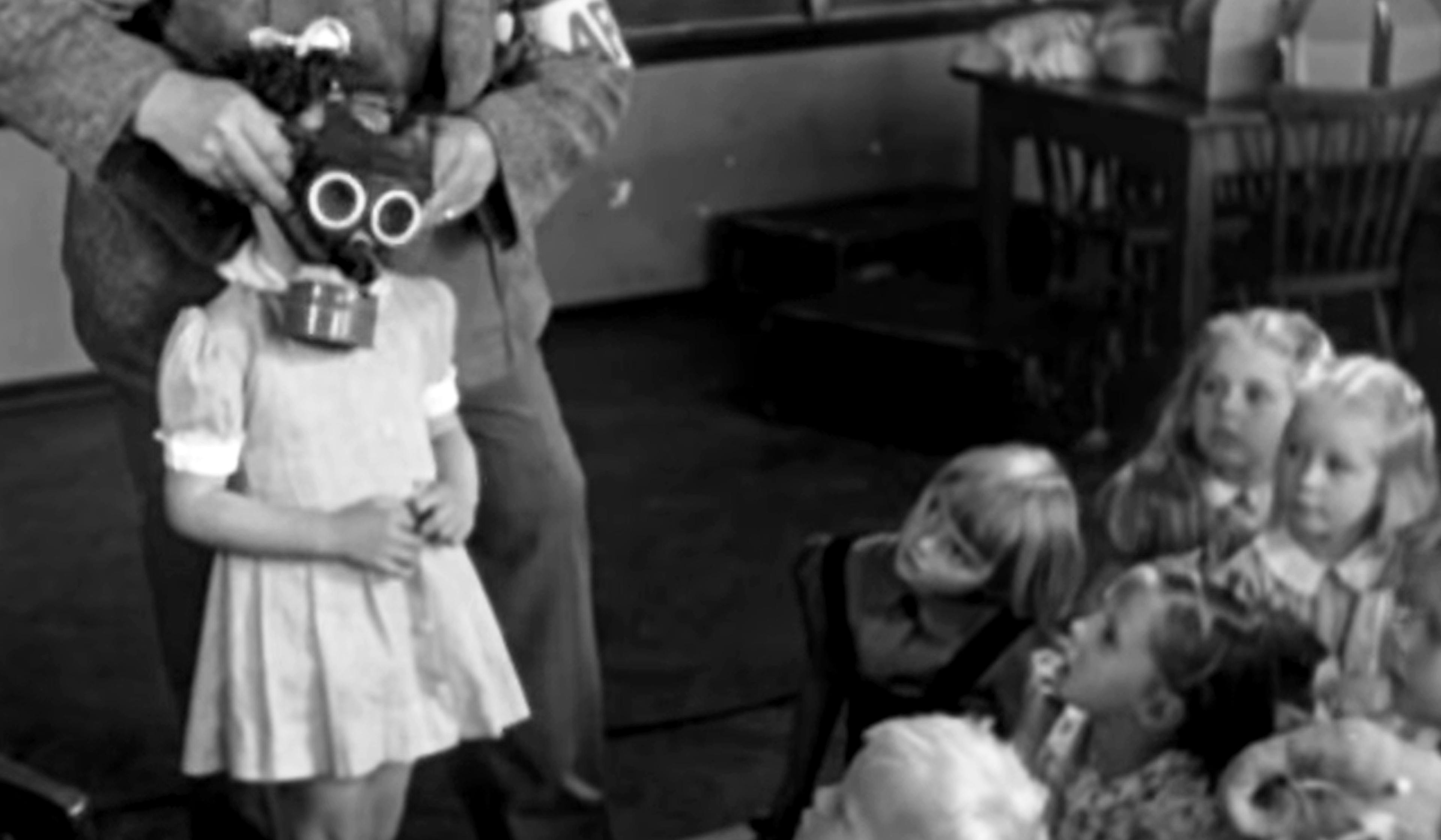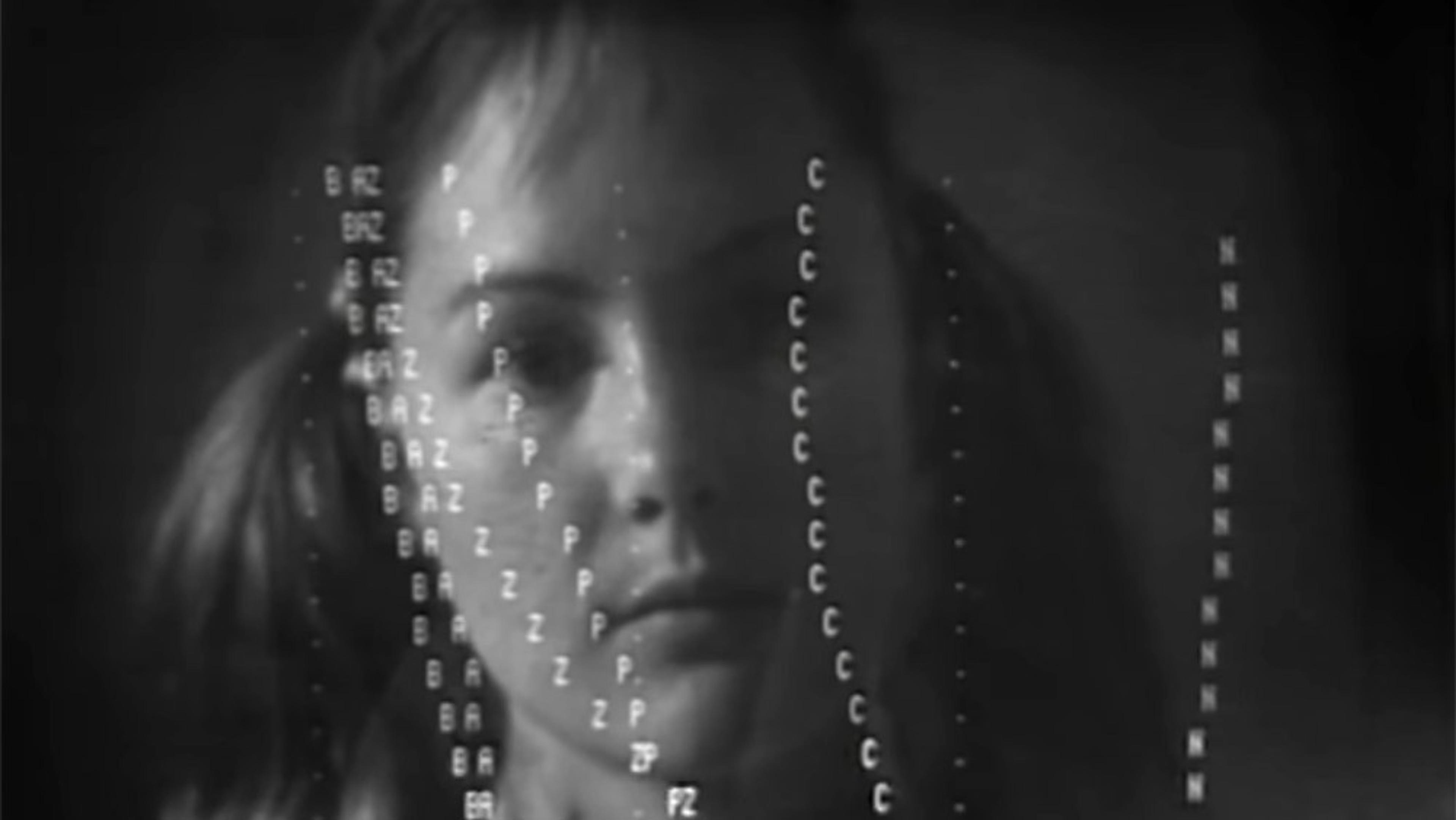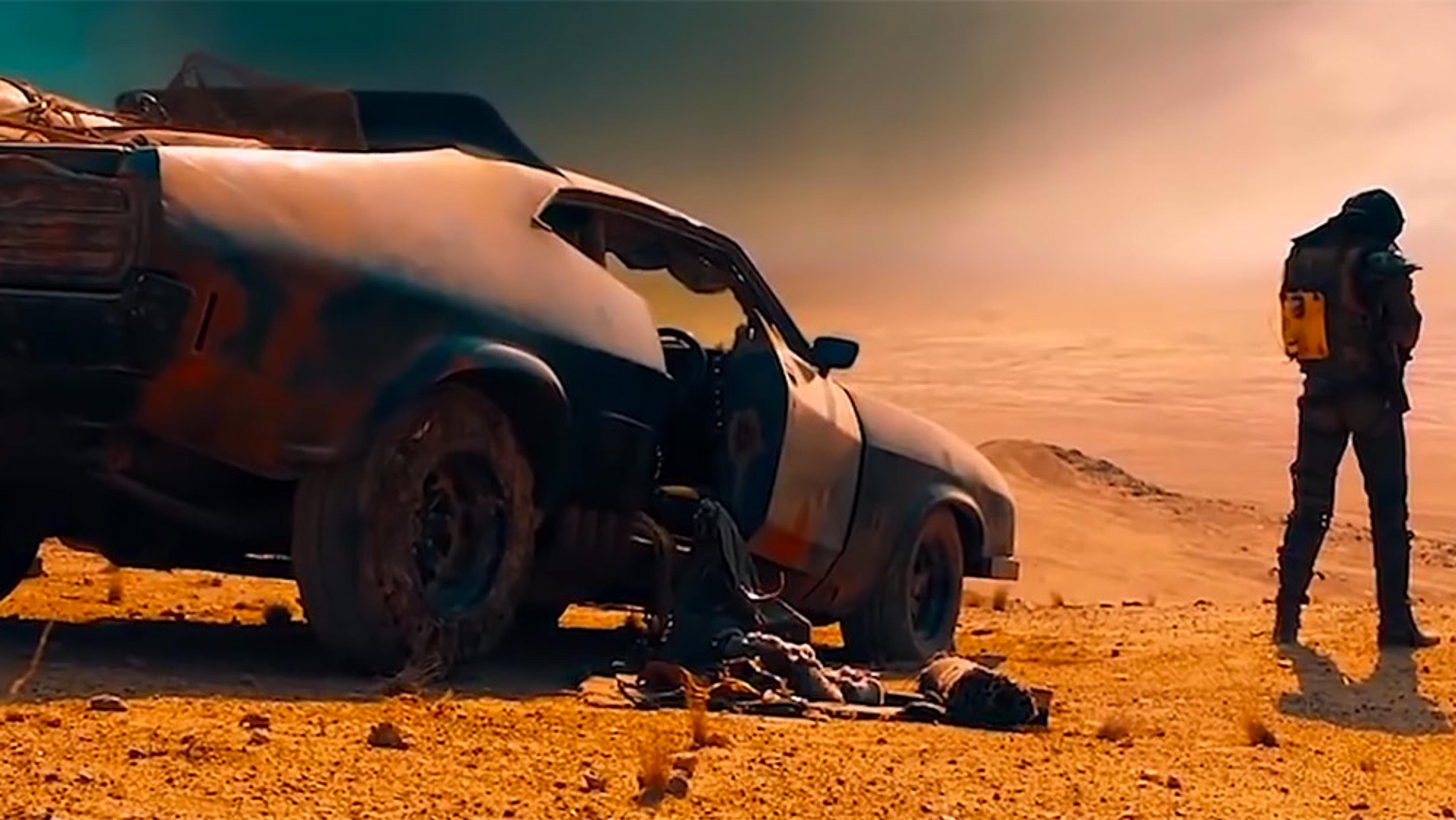In 1981, the US Department of Energy and the civil engineering company Bechtel Corp assembled a task force to help tackle the problem of how to warn future humans to stay away from radioactive nuclear waste sites thousands of years into the future. Perhaps the strangest solution came from the French author Françoise Bastide and the Italian semiologist Paolo Fabbri, who proposed genetically engineering cats to change colour in response to radiation, and creating a mythology of danger around those cats. An exploration of unusually creative problem-solving, the French director Benjamin Huguet’s film probes how the once-obscure, decades-old ‘ray-cat solution’ has recently found new life.
Could the weirdest solution to the problem of nuclear waste also be the best?
Director: Benjamin Huguet

videoWar and peace
A peace activist’s harrowing account of nuclear war is a visceral case for disarmament
26 minutes

videoComputing and artificial intelligence
Civilisation peaked in 1940 and will collapse by 2040: the data-based predictions of 1973
11 minutes

videoEnvironmental history
In Kazakhstan, ‘atomic lakes’ still scar the landscape decades after Soviet nuclear tests
13 minutes

videoEngineering
Building a prosperous future demands bold ideas. These are some of the boldest
40 minutes

videoThe environment
Clearing the Zone Rouge in France, where First World War debris still poses a threat
15 minutes

videoEthics
Welcome to a world of existential threats, philosophers and clever robots
11 minutes

videoWar and peace
Decades after participating in secret nuclear tests, a veteran tells his story
9 minutes

videoHuman rights and justice
Meet the man who uncovered the scandal of nuclear testing in South Australia
13 minutes

videoFilm and visual culture
Why do we crave the awful futures of apocalyptic fiction?
5 minutes